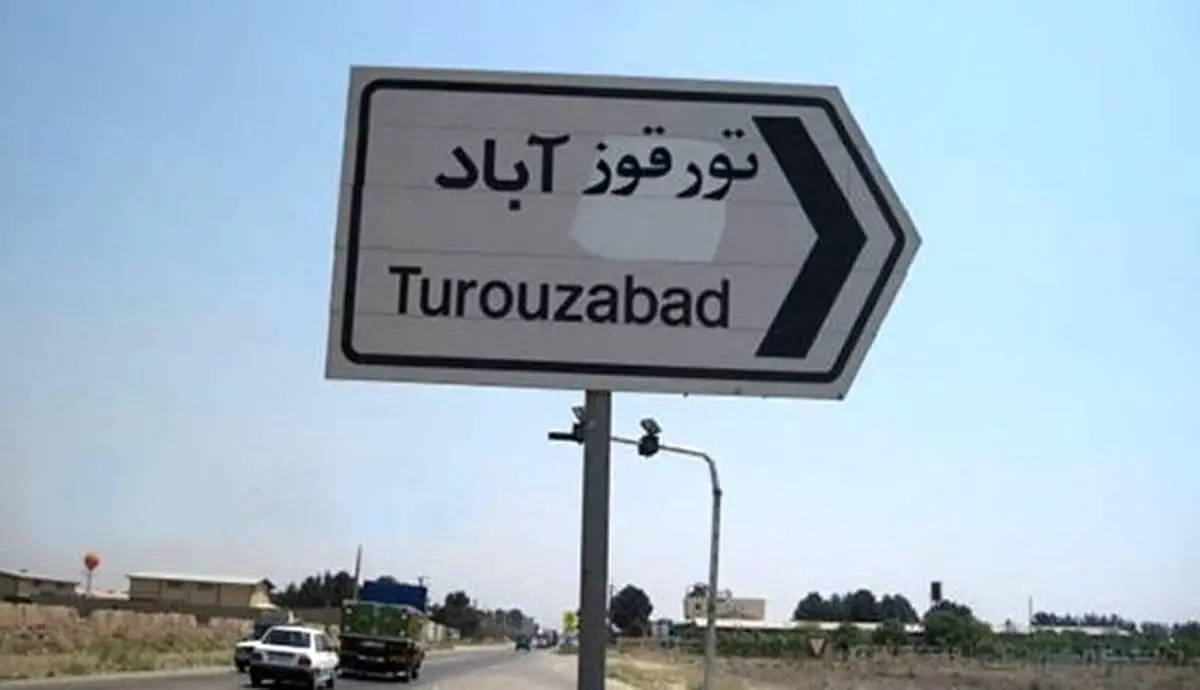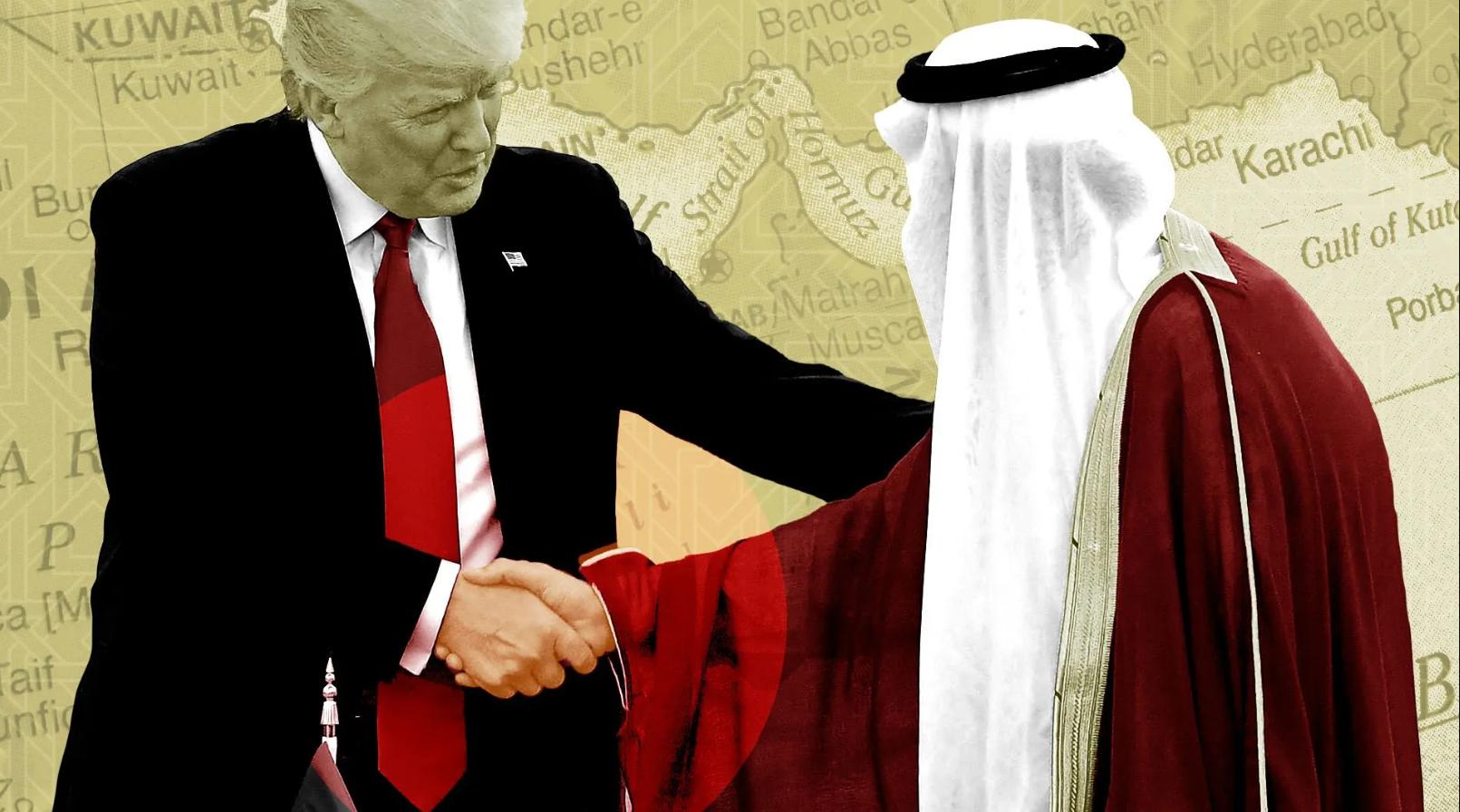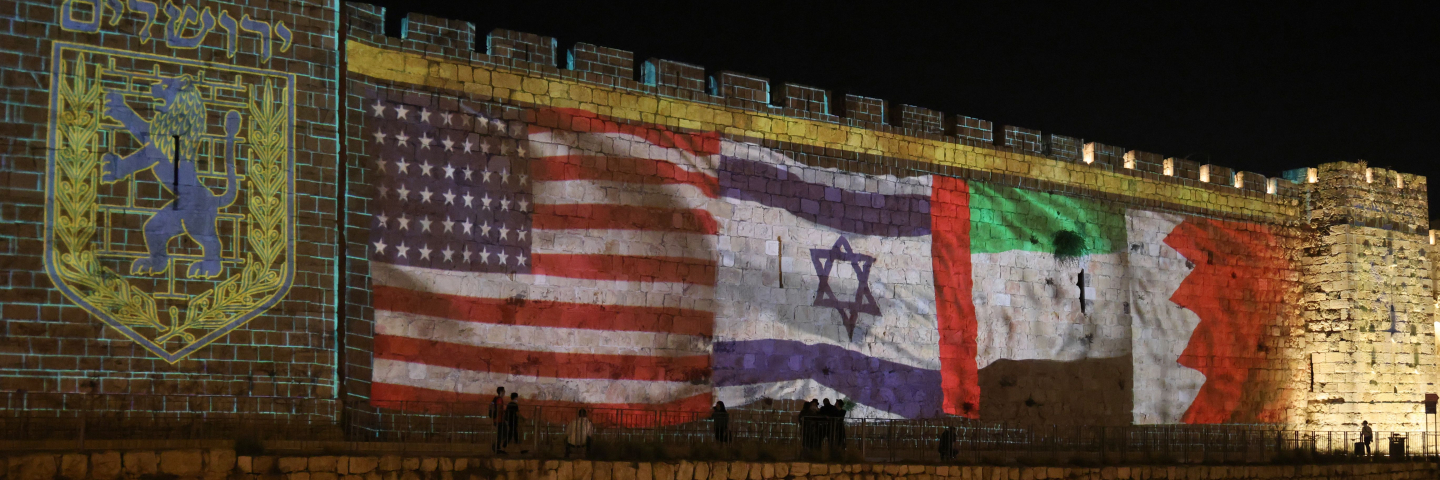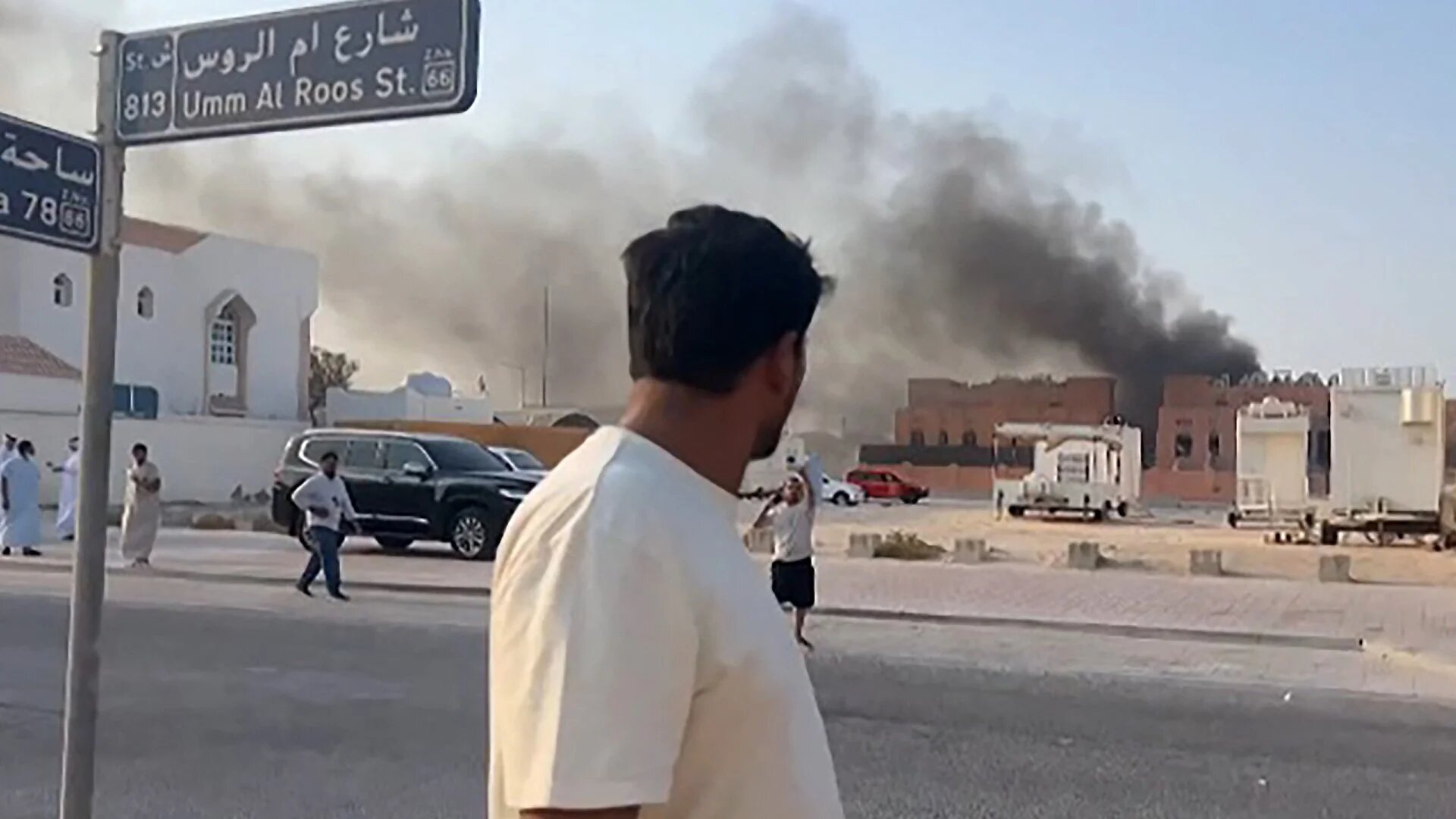Iran has presented documented evidence of sabotage and fabrication at two sites — Turquzabad and Varamin — during recent technical talks with the International Atomic Energy Agency (IAEA), according to Iranian officials.
In a statement from the Atomic Energy Organization of Iran (AEOI), officials disclosed that this evidence suggests a network of sabotage aimed at manipulating environmental samples and assessments conducted by the Agency.
Tehran – IranView24
As reported by ISNA, during the recent visit of Massimo Aparo, Deputy Director-General of the IAEA, Iranian officials provided documented findings — verified by national security agencies — that demonstrate significant acts of sabotage at the two sites. The evidence was submitted within the framework of ongoing efforts to resolve outstanding safeguards issues.
Sabotage Implicated in IAEA Assessments
Iranian officials emphasized that the IAEA’s recent findings of uranium-235 particles enriched to 18% at the Turquzabad site lack a valid technical basis and are most likely the result of deliberate sabotage. The source of the material remains unknown, with sabotage viewed as the only credible explanation.
Iran also stressed that Turquzabad is an industrial waste storage facility where container movement is routine. Prior to the IAEA’s public focus on the site, no surveillance systems were in place, rendering any expectation of pre-existing monitoring unrealistic.
Based on internal investigations, Iranian authorities stated that no intact containers had been removed from the site during the period referenced by the IAEA.
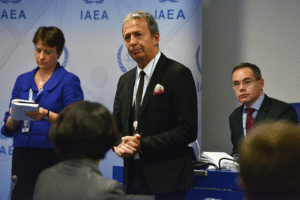
Criticism of IAEA’s New Approach
Iran’s explanatory note highlights that much of the information newly included in the IAEA’s comprehensive report was never previously shared with Tehran. Officials argue that such practices violate the agreed-upon technical process for resolving safeguards issues through constructive dialogue rather than public escalation.
Findings on Jaber ibn Hayyan Laboratory
Iran dismissed the IAEA’s assertion that similar uranium particles were also found at the Jaber ibn Hayyan Laboratory (JHL) in Turquzabad, calling this an unprecedented claim unsupported by any prior communication from the Agency.
Iran maintains that no material imbalance exists at JHL, as all materials were subject to continuous Agency monitoring and remained sealed until dissolution at the UCF.
Response to New Allegations on Varamin
Regarding the Varamin site, Iran rejected claims that an “undeclared pilot-scale plant” operated there between 1999 and 2003, describing the allegations as based on falsified documents. Iranian officials criticized the IAEA’s reliance on low-resolution satellite imagery to support such claims as inadequate and unprofessional.
For the first time, the Agency’s report referenced the presence of UF6 cylinders and related equipment at Varamin — an issue that had never been formally raised with Iran, nor supported by any official documentation.
Iran provided written and oral explanations regarding the Varamin site, clarifying that the project was discontinued in 2004 due to economic considerations.
Iran’s Willingness for Further Technical Cooperation
Despite these concerns, Iran reaffirmed its readiness to provide further clarifications within the framework of the March 4, 2023 modality. However, Iranian officials expressed skepticism regarding the Agency’s ability to maintain an impartial and technical stance, particularly in light of the recent comprehensive report and the Director-General’s evolving positions.
Iran’s Evidence of Sabotage
Iran also reported that it possesses documentary evidence and even confessions from individuals arrested in connection with sabotage operations at both Turquzabad and Varamin. A simulated video demonstrating the alleged acts of sabotage was shown to the Deputy Director-General.
Nonetheless, the IAEA continues to uphold its current undocumented findings.
Iranian authorities believe that the Agency’s reliance on new, uncoordinated information and undocumented claims undermines the prospects for a transparent and impartial resolution of the remaining safeguards issues.

